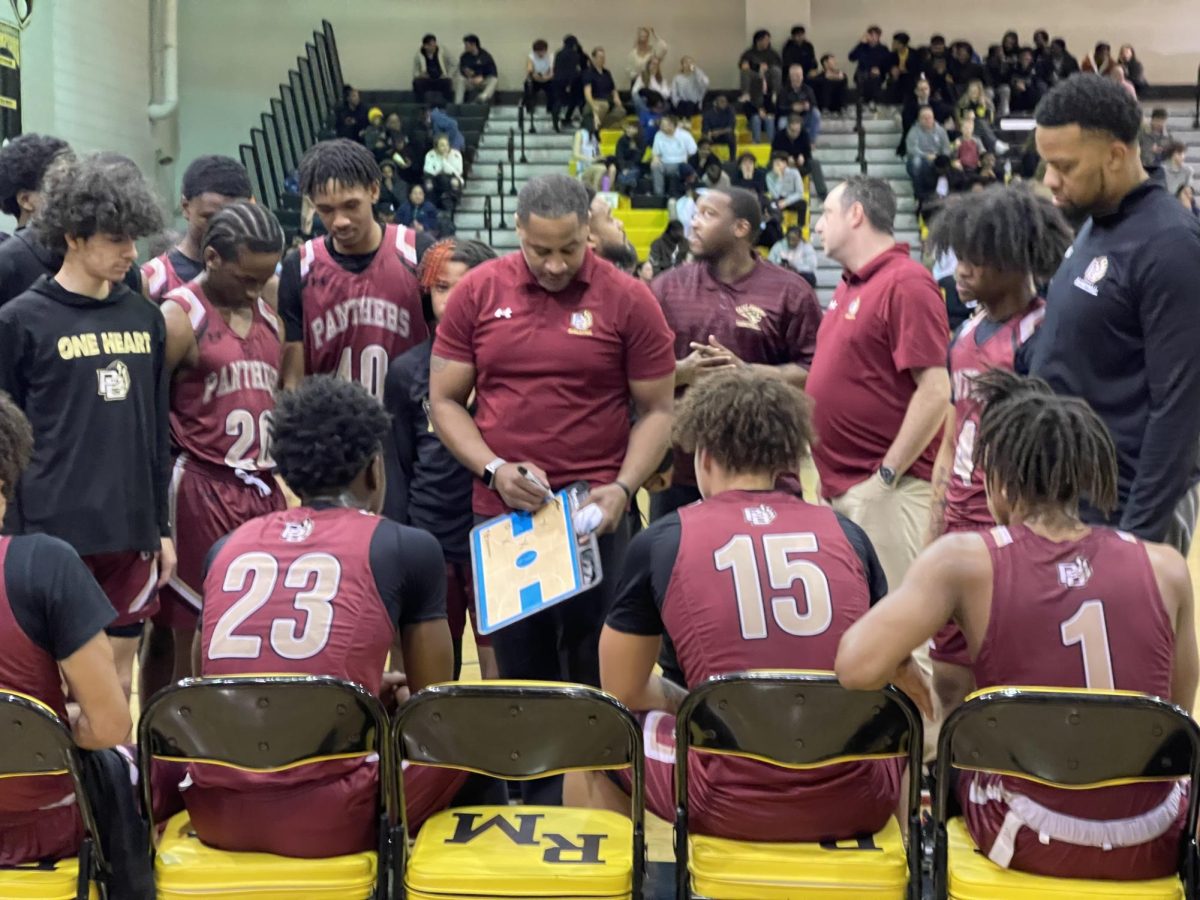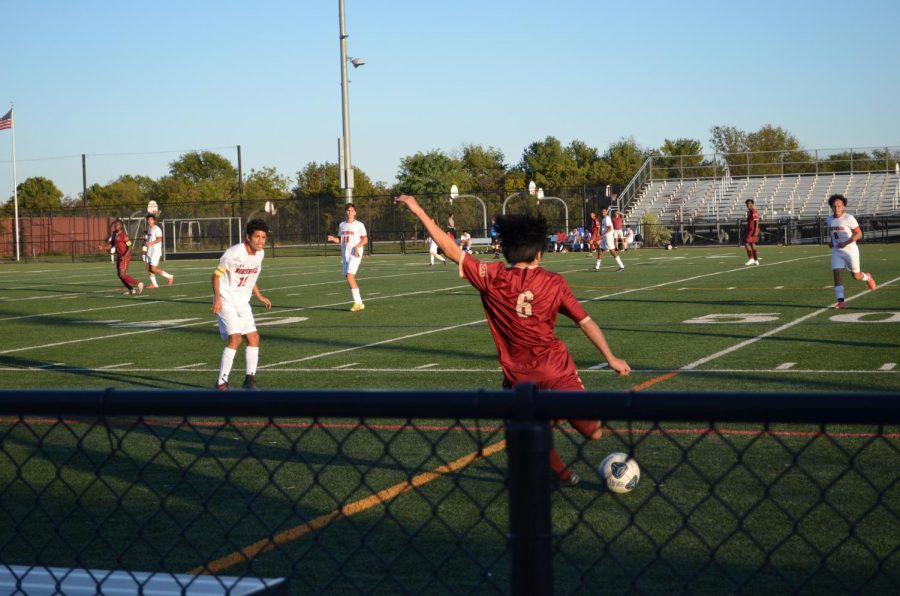The Dangers of the Dakota Access Pipeline
January 9, 2017
While the debate over the Dakota Access Pipeline rages and people rally to support the protesters who stand in the way of the pipeline’s progress, one is left to wonder if the Dakota Access Pipeline is good or bad.
The Dakota access pipeline is a pipeline that runs through North Dakota. The Dakota Access Pipeline website states that this pipeline will allow oil from North Dakota to directly reach major refining markets in Illinois. The purpose for the pipeline is to decrease the use of truck and railway transportation, which is intended to be safer, better for the economy, and more environmentally safe.
Starting in July 2016, there have been many reports of dangers with this pipeline, which have led to calls that the pipeline completion should not be approved. Although the pipeline has been said to be safe and good for the environment, it could actually be the exact opposite. Force Change. Com says that the activists, primarily Native American tribes in the area of the pipeline, and local farmers, are worried about the risks of water pollution, and the disturbance of their land. One oil spill could put one of the most important waterways in the region in danger. The Standing Rock Sioux Tribe has many concerns about the pipeline. CNN says that, this 3.7 million-dollar pipeline would damage their drinking water supply. Inside Energy. Org states that the pipeline, going across the country, would be carrying hazardous liquids and, if there were an accident, the impact would be enormous on the community.
The Standing Rock protesters have continued to hold strong, even in the freezing cold weather. Protesters camped out, even when temperatures dropped and the snow set in. Some of the clashes between protesters and the police have resulted in incidents of violence and a call for the protesters to be better protected. The Guardian website says that police forces have been using pepper spray, tasers, sound weapons, sponge rounds, stinger rounds, bean-bag rounds, and target grenades to control the protesters. On November 20th, over two dozen people were hospitalized, and 300 were left injured after a police conflict.
Many protesters in the community and supporters outside the protest area are very concerned about this pipeline project and the communities it may adversely affect. People think that it is an unfair invasion of the Native American Sioux tribe’s property and believe that the pipeline is an unsafe project that shouldn’t be finish.










































